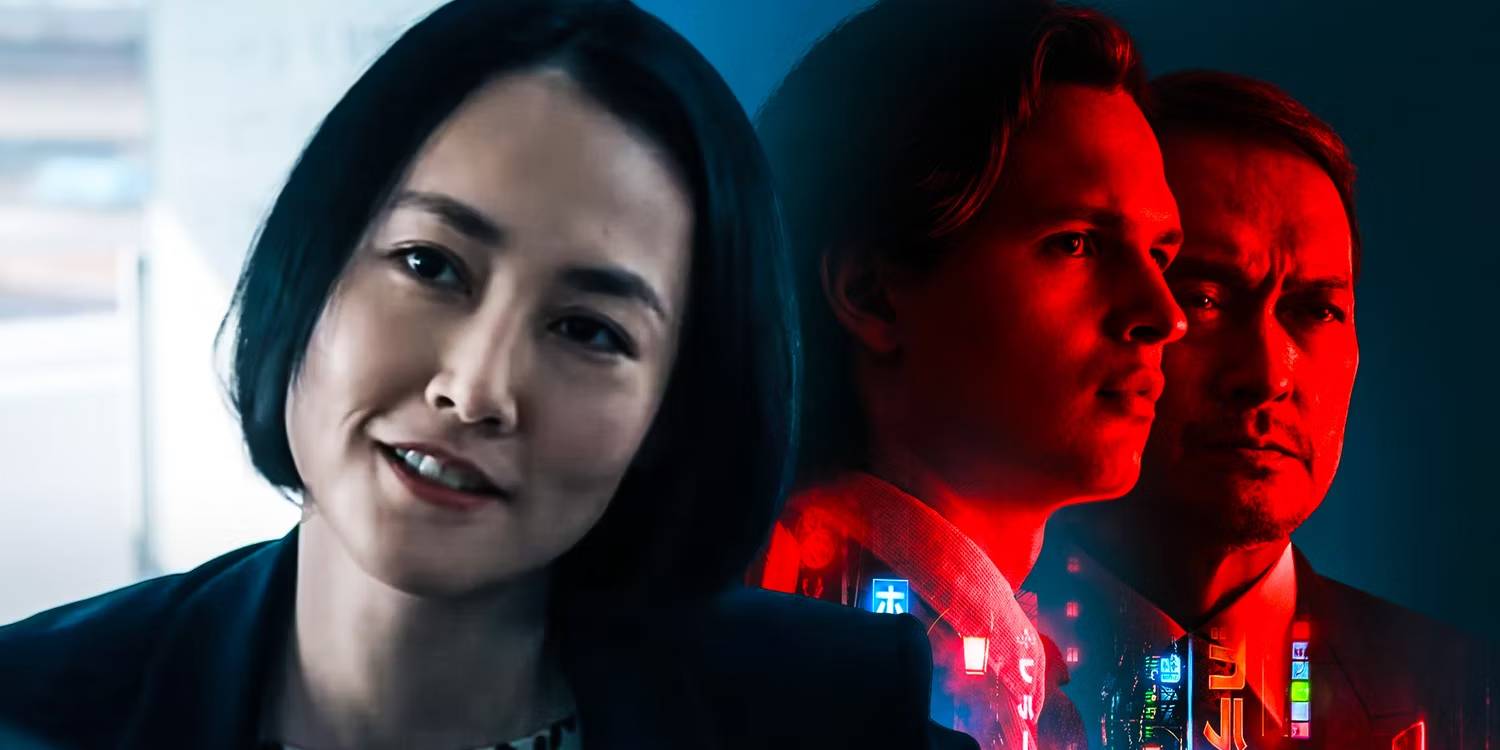

Samantha mostly serves as the punching bag and a headache for other characters. Samantha doesn’t change much and comes across as too unlikable. She was the only character that was not able to carve out a space of her own in the story.
#Tokyo vice how to
I think the show’s creators did not realize how to properly use her in the narrative. It makes the job for the audiences more rewarding to take in the impact of these clashes and the new entity that emerges. The way the show handles this cultural confluence gives it nuance. Instead, there is shown a reluctant yet more open adoption of the ideas from each other’s cultures that make the most sense. Adelstein’s observant narration about his experiences is not colorfully translated to make it the Japanese vs. Both have burnt hands in dealing with both the clans showing how indifferent even the righteous ones like Ishida can be.Īt the intersection of its cultural clash, ‘Tokyo Vice’ does a remarkable job of keeping its biases intact. Season two will present an opportunity for them to learn from their mistakes and place their trust with more care. Their cumulative dealings with the Yakuza in season one, as it turns out, nudge their arcs towards more of a coming-of-age fabric.

The central perspective remains that of Jake and Hiroto. One way or the other, assigning blame on anyone else but their circumstance becomes a hypocritical exercise.Īnd there is an acute awareness of this idea. No one has the liberty to take a moral high ground. All are equal under the sun in their balance sheet of rights and wrongs. Although there is not a lot of focus on the physical connotations of the word, the mental aspect of living life with a guilt-free conscience is expressly present.Īnother interesting feature of the universe is its egalitarianism.

They have to adapt to the changes to survive. Its changing dynamics do not allow you or the characters to settle. But the fact remains that ‘Tokyo Vice’ is satisfying as a crime-thriller and psychological study of a city. They have affected the atmosphere to some extent. There are now reports of the book being misrepresented in terms of details about Jake’s undercover operations. At eight episodes long, there is plenty of time for creators to experiment with exposition and use the stage to press more fervently into the morally skewed priorities of its protagonists. More than being about any particular incident, ‘Tokyo Vice’ engulfs broader themes about human nature and how the underbelly of a city like Tokyo in the ’90s affects it. Michael Mann is among the creators and producers of the show, lending his years of experience in the noir genre to the show. The core story is equally distributed amongst these characters and their backstories. The multifaceted plot involves the storylines of Jake, Samantha, Sato, Hiroto Katagiri, and the two Yakuza clans vying for territory. For me, though, the real protagonist was the city of Tokyo itself and its depths that we are introduced to. It remains true to its source material – the memoirs of its supposed protagonist, Jake Adelstein. Tokyo Vice’s season one is a steady slow-burn.


 0 kommentar(er)
0 kommentar(er)
